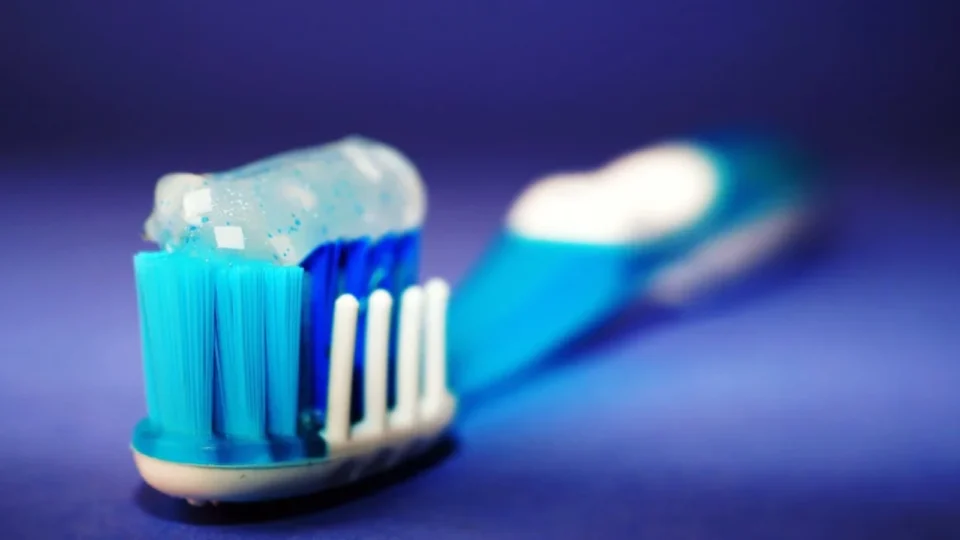Good oral hygiene is crucial for maintaining a healthy smile and preventing dental issues such as cavities, gum disease, and bad breath.
But did you know that the order in which you clean your teeth can also make a difference?
Controlling bacterial growth in your mouth is key to maintaining oral health, and establishing the right routine is essential for keeping your teeth and gums in great condition.
Experts, including Dr. Matthew Messina, a clinical associate professor at Ohio State University College of Dentistry, emphasize four essential elements for good oral health: brushing twice daily with fluoride toothpaste, flossing once a day, maintaining a healthy diet, and visiting the dentist regularly. Dr. Michaela Gibbs from the University of Colorado adds that proper dental hygiene doesn’t just help you achieve fresh breath and pearly whites — it’s also critical for preventing diseases that could impact your overall health.
Table of Contents
Why Does Order Matter?
When cleaning your teeth, the order of brushing, flossing, and using mouth rinse matters because it affects how effectively you can control bacteria on your teeth. Bacteria feed on sugars in the mouth, producing acids that erode tooth enamel. Proper cleaning disrupts these bacteria and helps maintain a healthy oral environment.
Step 1: Floss First
Many people are surprised to learn that flossing should come before brushing. Flossing helps dislodge food particles and bacteria from between the teeth and gums, areas that a toothbrush cannot effectively reach.
According to Dr. Gibbs, starting with flossing makes sense because it clears debris that brushing can then remove from the surface of your teeth. Dr. Rocio B. Quinonez from the University of North Carolina at Chapel Hill points out that flossing cleans approximately 40% of your tooth surfaces, making it a vital step in achieving total cleanliness.
Step 2: Brush Properly with Fluoride Toothpaste
Brushing should follow flossing to clean the remaining 60% of tooth surfaces. Use a fluoride toothpaste to strengthen tooth enamel and protect against cavities. Here are some tips for effective brushing:
- Brush for at least two minutes: Ensure you spend 30 seconds on each quadrant of your mouth.
- Use gentle circular motions: Avoid harsh scrubbing, which can damage gums and enamel.
- Don’t forget the tongue: Bacteria can accumulate on your tongue, contributing to bad breath.
Dr. Messina recommends brushing twice a day — once in the morning after breakfast and once before bed. These times are ideal because they provide the longest periods for fluoride to work uninterrupted.
Step 3: Skip the Rinse (or Rinse Wisely)
One common mistake many people make is rinsing their mouth immediately after brushing. Dr. Gibbs advises against this practice because rinsing removes the fluoride residue left by toothpaste.
Instead, simply spit out the excess toothpaste and leave the residue on your teeth. This allows fluoride to penetrate the enamel for up to 30 minutes, maximizing its protective benefits.
If you feel the need to rinse, wait at least 30 minutes after brushing. Opt for a fluoride mouthwash rather than water, but avoid those containing alcohol, as they can dry out the mouth.
Related:
